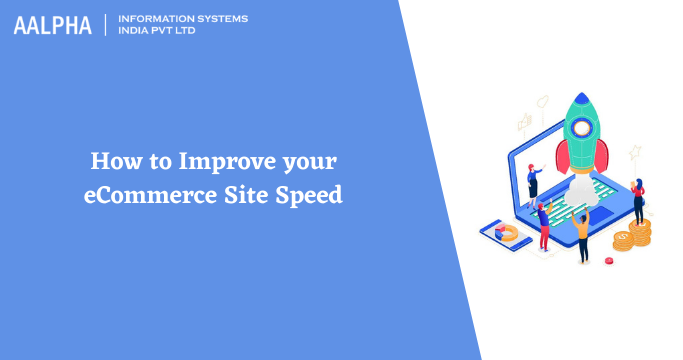Speed is one of the most critical reasons for the growth of an eCommerce business. It aims to improve SEO and provides visitors with a more significant user experience (UX). Your site will look fantastic, but users may get annoyed and quit your location if your website is sluggish. How quickly would it have to be? Yes, according to Google’s Maile Ohye, “Two seconds is the website acceptability barrier. They target Google for less than half a second.” Notice that there are several website speed variations. There is a disparity in the speed of smartphone and desktop websites. The mobile edition of your website may be slower and vice versa than your laptop.
Things to keep in case of mobile availability
If you have a responsive website, the content is the same with smartphone and desktop applications. If you have a separate device setup, the main content can change in mobile versus desktop. These factors can influence mobile speed. Dynamic range can be quickest for various materials, and intuitive websites can be faster when interacting with the same information.
Speed Testing Tools Website
To increase site speed, read more about its current condition. Here is a collection of tools to analyze the current pace of your site:
- Pingdom: Scores the website by various measurements and customer interface details.
- GTmetrix: Provides valuable information and guidance to increase site speed.
- Google Page Speed Insights: This allows you to test your smartphone and laptop speeds and offers custom tips for pace improvements.
Check: software testing services India
Tips to improve the speed of eCommerce
Compress pictures
Image size is one of the primary considerations today that weigh multiple eCommerce pages. If each picture on your website is not configured, hundreds of product images will consider your results. Even if your product photos appear tiny, they can contain large quantities of additional data that can be compressed to speed up your site’s loading.
Different components should be considered when optimizing images:
- Image size: denotes the way the picture file is “strong” or “small.” Disk size reduction is called compression.
- Dimensions of the picture refer to the optical image duration and width, calculated in pixels.
- Picture resolution: this word applies to the photographs’ accuracy or detail. Measured of inches in pixels (PPI). The higher pixel number leads to a clearer picture.
Redirect and Redirect Chain Reduce
Whenever a page is forwarded to a specific page, a user needs to wait to complete the HTTP request-response loop. This raises the loading time of the website. The problem gets worse when a redirect chain is formed. In most terms, a tab that redirects to a new page, a redirect, etc. Page A, for example, is redirected to page B, which is turned to page C.
In addition, to slow the web, redirect chains often hold fewer links from page to page. This ensures that page B will only have 85% of the related equity of page A and page C can bear fewer.
The alternative is to reduce the number of translations by transferring page A to page C. You lessen the waiting period and prevent wasting any connecting equity. Typically redirects will need minimal coding, but luckily several redirect plugins are available, which you can use to do this without a developer.
Apply a CDN
Your website speed can vary with the position of your visitor. Some visitors will face more duration (the delay of loading a website from the moment that the material appears) than others. This is because of the distance between your visitor site and the hosting domain on your website. The away the consumer is from your server, the later the time.
CDNs overcome this problem by limiting the gap between your website user and your host. This would speed up the answer time on your website. They function by storing cached copies of the website in different places or locations (PoPs).
For example, if in Mexico someone wants to reach the U.S. website by visiting a local Mexican PoP and not a U.S. PoP, they can reduce the gap and increase the website for anyone. Amazon’s AWS, Incapsula, and Rackspace are some of the most common CDNs.
Deploy a progressive web application (PWA)
Progressive Web applications are created to communicate with them, which provides a feeling of familiarity. When launched from your home screen, PWAs enable sites to look, sound, and act like a native app, but with a few additional advantages that can redefine the mobile experience.
Via PWAs, merchants optimize sites to build a streamlined mobile shopping experience that removes sluggish pages – regardless of the size or type of the device. This pace and universality mean that retailers can gain significantly more conversions.
Final thoughts
Now that you have powerful ways to boost your eCommerce shop, it is time to refine it. In this way, you will turn traffic into sales and enhance the experience of your travelers.
Check: eCommerce development India
Any queries about eCommerce Site Speed? Feel free to contact us today!
